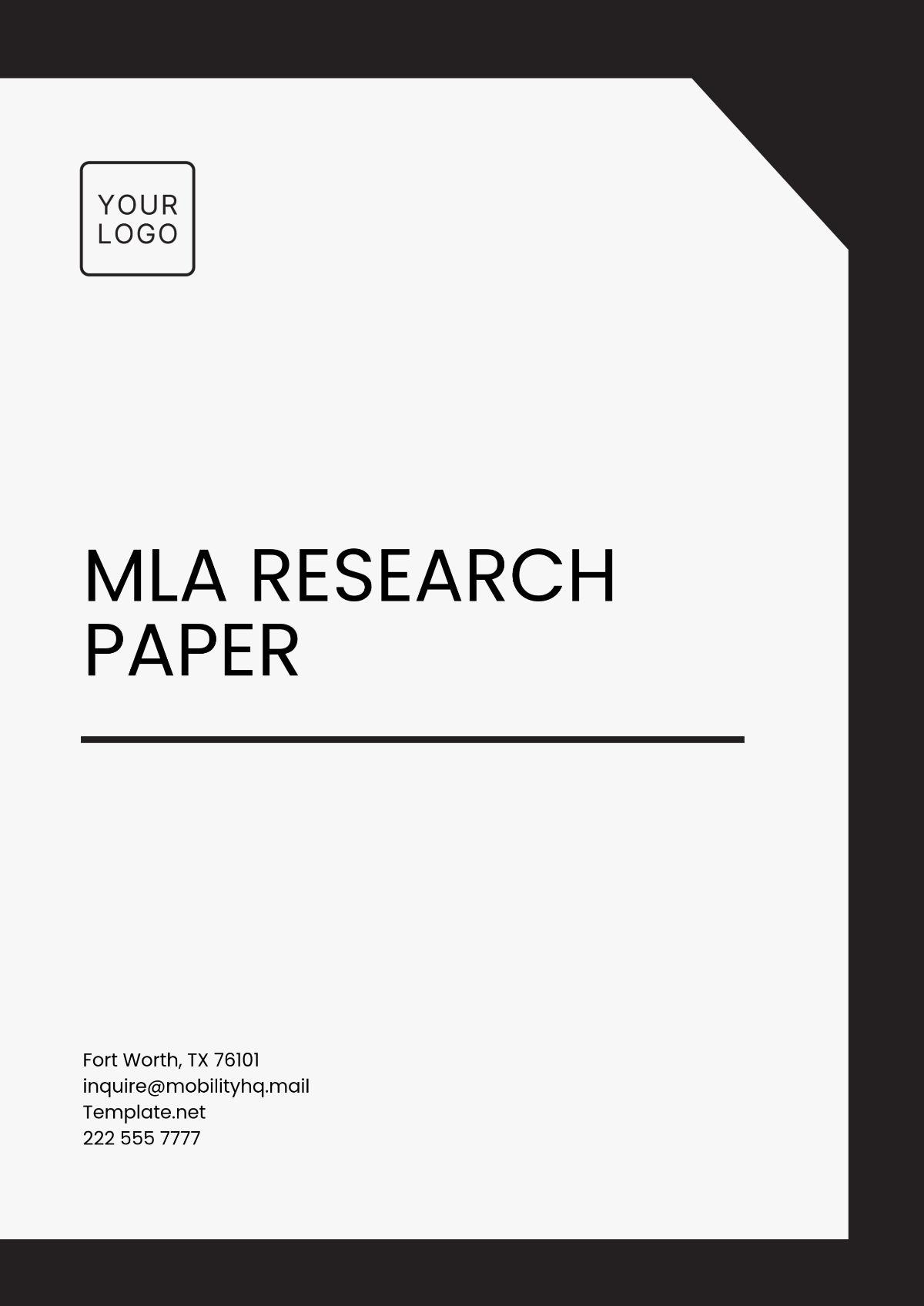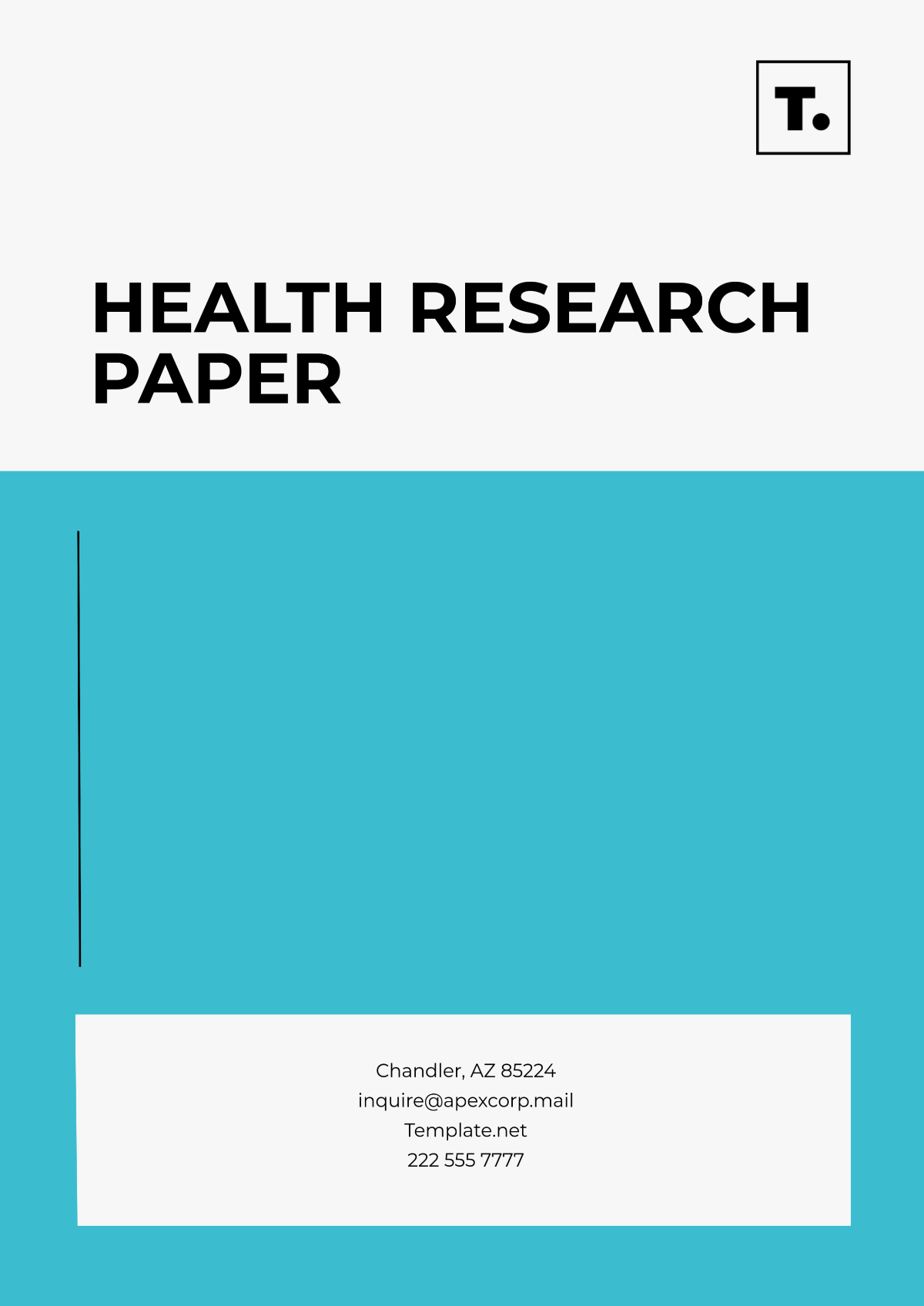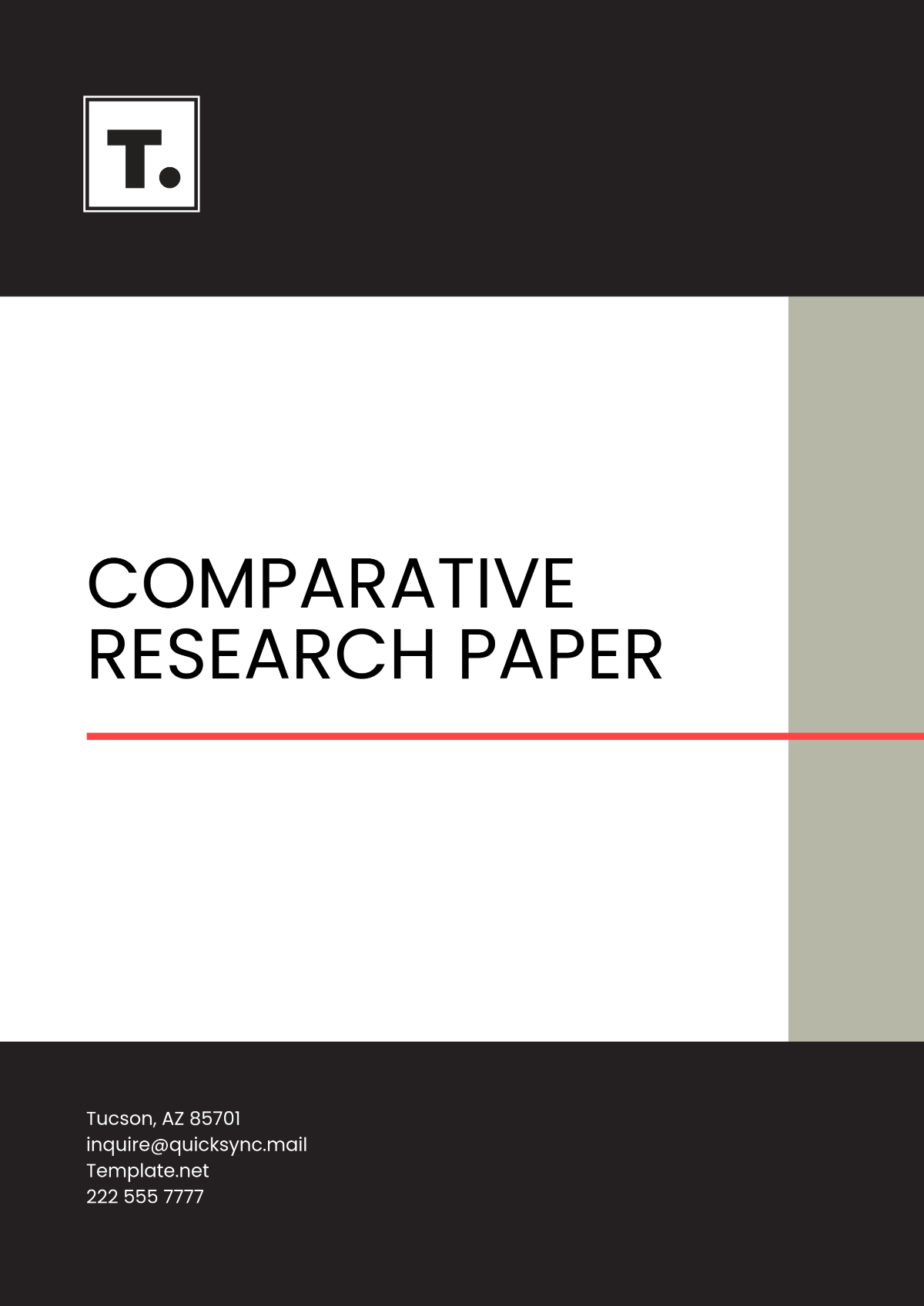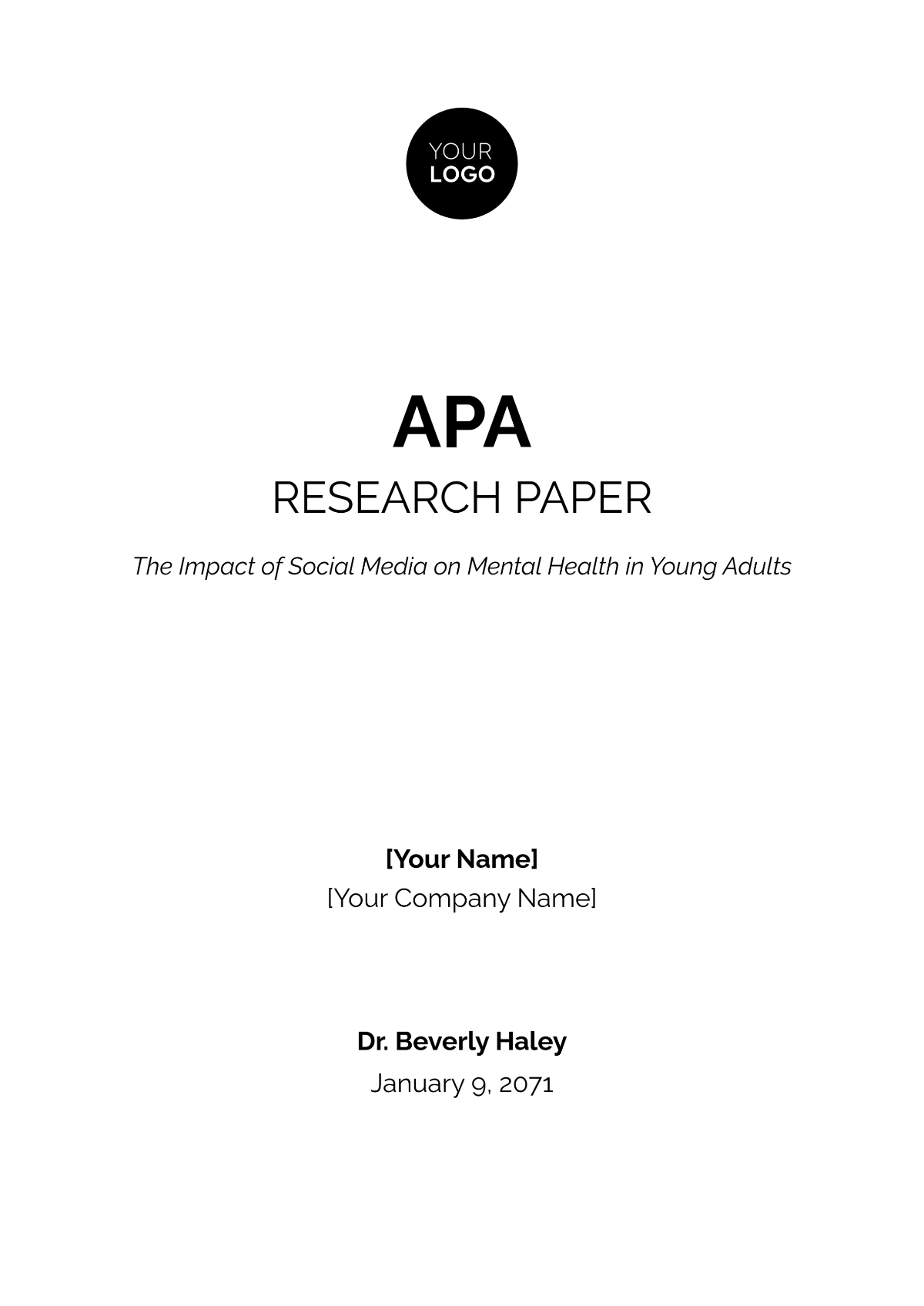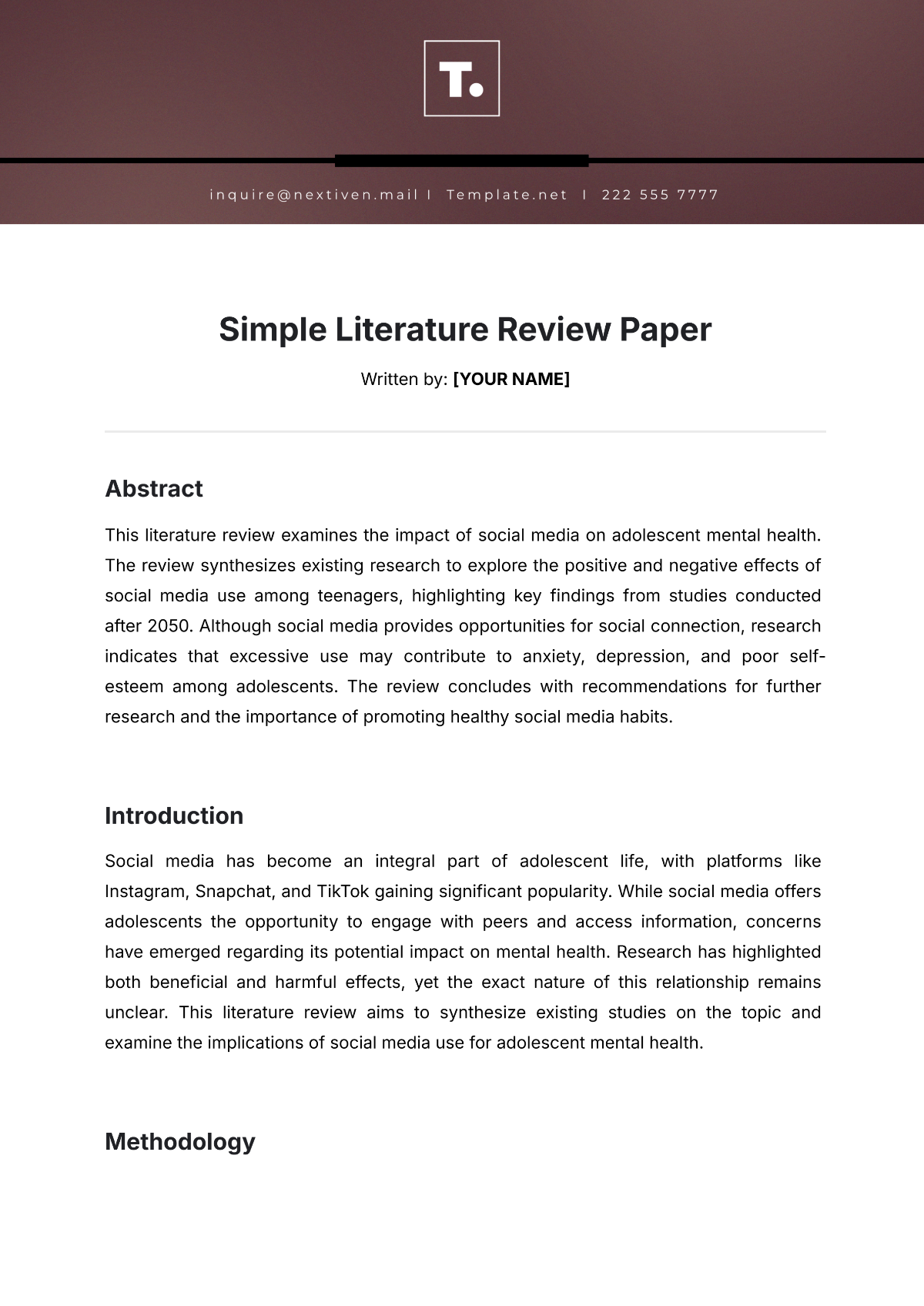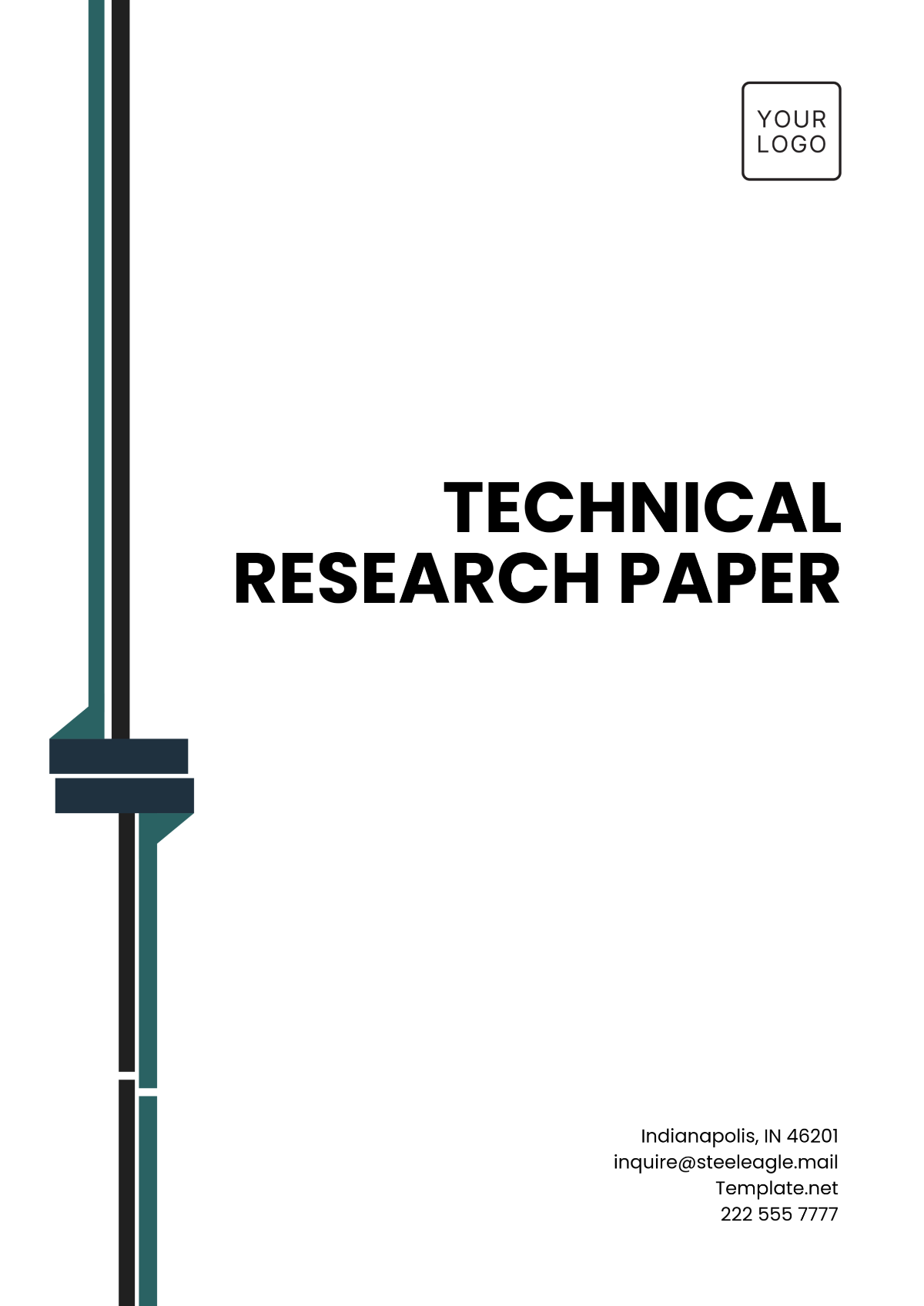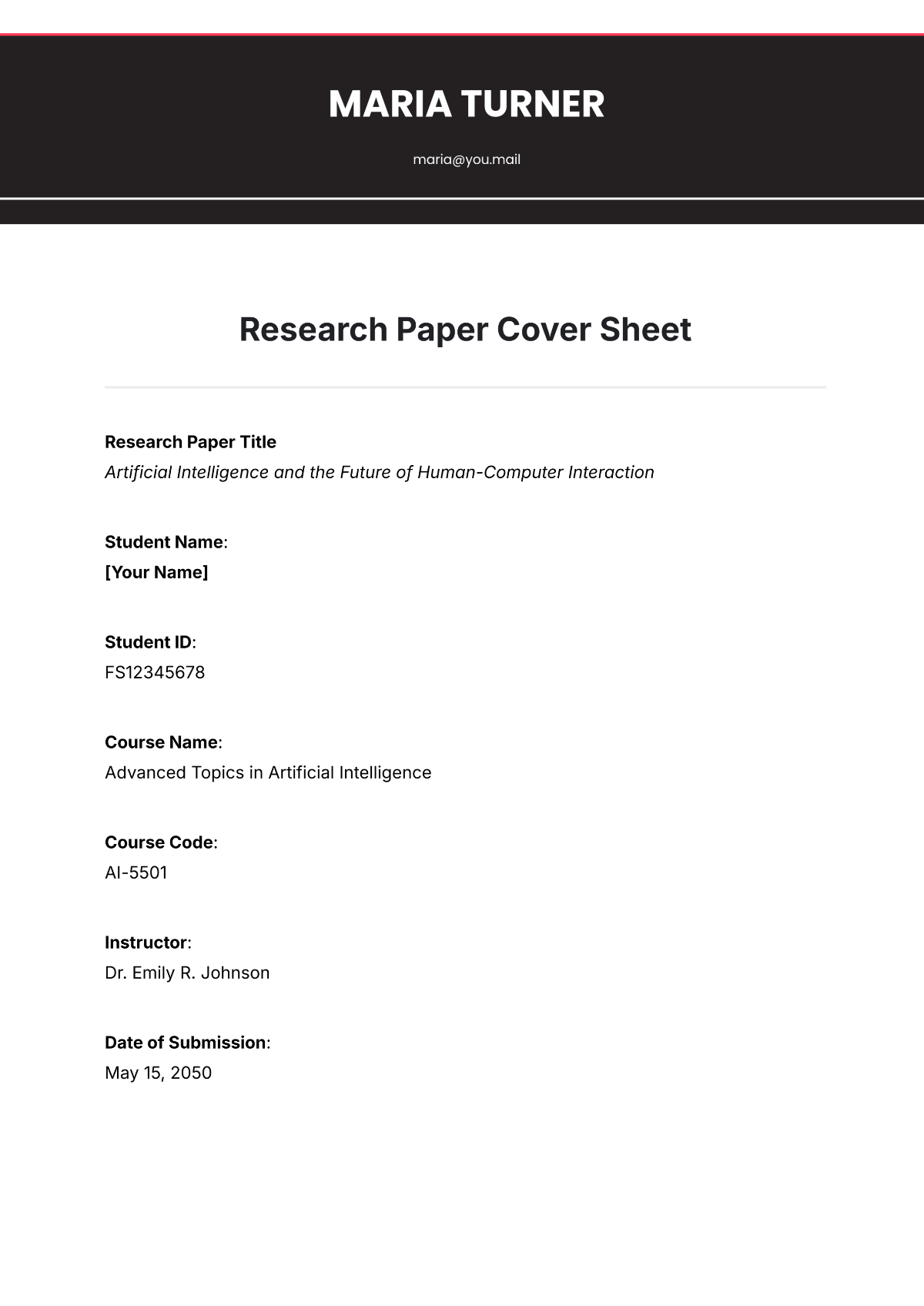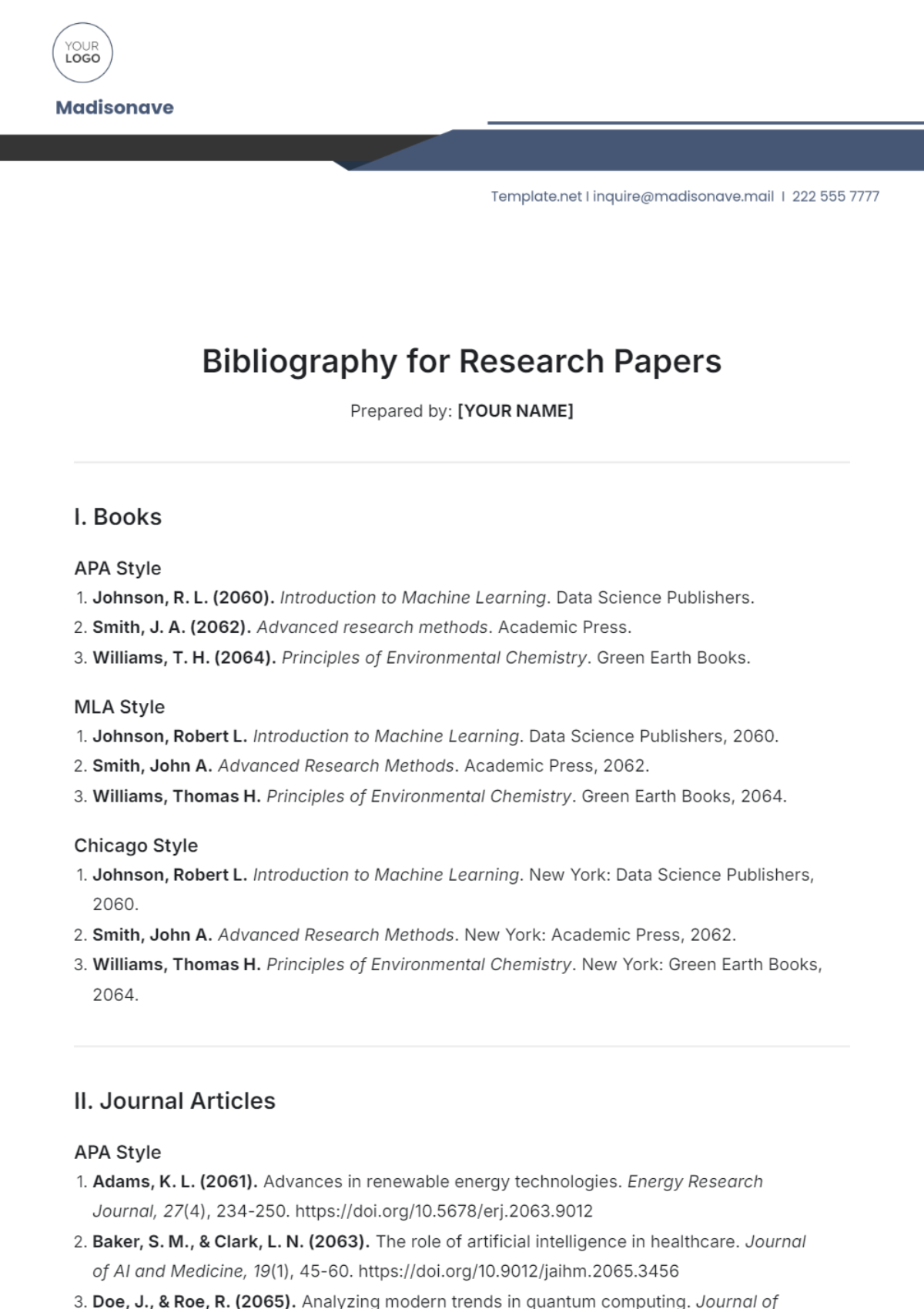White Paper Structure
Introduction
Welcome to this white paper addressing the urgent issue of data security in the healthcare industry. As digital health records become increasingly common, protecting sensitive patient information has never been more critical. This white paper, prepared by [YOUR NAME], aims to provide a comprehensive analysis of the current data security challenges and propose actionable solutions to enhance protection measures.
Title Page
Title: Enhancing Data Security in Healthcare: Solutions and Recommendations
Subtitle: Addressing Vulnerabilities and Protecting Patient Information
Prepared by: [YOUR NAME]
Company: [YOUR COMPANY NAME]
Company Number: [YOUR COMPANY NUMBER]
Company Address: [YOUR COMPANY ADDRESS]
Date: August 15, 2050
Executive Summary
Data breaches in the healthcare sector are a growing concern, with incidents increasing by 70% over the past five years. These breaches compromise patient privacy and can have severe consequences for healthcare organizations, including financial losses and reputational damage. This white paper outlines the key vulnerabilities in current data security practices and offers practical recommendations to mitigate these risks. The proposed solutions include implementing advanced encryption technologies, conducting regular security audits, and enhancing employee training programs. Adopting these measures will help healthcare organizations better protect patient data and maintain compliance with regulatory requirements.
Introduction
The healthcare industry has increasingly adopted digital systems for managing patient information, creating both opportunities and challenges. While electronic health records (EHRs) and digital tools offer improved efficiency and accessibility, they also expose healthcare organizations to significant data security risks. The introduction of stringent data protection regulations underscores the need for robust security measures. This white paper examines the current state of data security in healthcare, identifies key issues, and provides actionable recommendations to address these challenges effectively.
Problem Statement
The healthcare sector is experiencing a surge in data breaches, with an alarming 70% increase in incidents reported over the past five years. Cyber-attacks targeting patient information have become more sophisticated, exploiting vulnerabilities in outdated systems and weak security protocols. These breaches not only threaten patient privacy but also pose financial risks and regulatory penalties for healthcare organizations. The problem is exacerbated by the rapid pace of technological advancements, which often outstrip the security measures in place. Addressing these vulnerabilities is critical to safeguarding sensitive patient information and ensuring the integrity of healthcare data management systems.
Background/Context
The shift from paper-based medical records to electronic health records (EHRs) has transformed healthcare data management. This transition has brought significant benefits, such as improved patient care and streamlined operations. However, it has also introduced new risks, including increased exposure to cyber threats. According to the "Healthcare Trends 2050" report, 40% of data breaches are now attributed to internal sources, such as employee errors or negligence. Additionally, outdated security systems are a major vulnerability, as noted in the "IT Security Journal." This background highlights the need for enhanced security measures to protect against evolving threats and maintain patient trust.
Solutions/Recommendations
To address the data security challenges in healthcare, we recommend the following solutions:
Enhanced Encryption: Implementing state-of-the-art encryption technologies to protect patient data from unauthorized access. Modern encryption methods, such as AES-256, provide robust protection for data at rest and in transit.
Regular Security Audits: Conducting periodic security audits to identify and address vulnerabilities in the IT infrastructure. These audits should assess both technical and procedural aspects of data security and recommend necessary improvements.
Employee Training: Providing comprehensive training programs for healthcare staff to recognize and respond to potential security threats. Training should cover best practices for data handling, phishing prevention, and incident response.
Evidence and Analysis
The following table summarizes key evidence supporting the recommended solutions:
Table 1: Evidence and Analysis Summary
Evidence Source | Data Point | Relevance | Supporting Solution | Notes |
|---|---|---|---|---|
CyberSecure Report | 70% increase in breaches | Highlights rising threat | Enhanced Encryption | Data breaches are increasing significantly |
Healthcare Trends 2050 | 40% of data breaches are internal | Indicates need for training | Employee Training | Internal threats are a significant issue |
IT Security Journal | 50% of breaches from outdated systems | Supports need for updates | Regular Security Audits | Outdated systems are highly vulnerable |
Encryption Today | Encryption reduces breaches by 60% | Proves effectiveness | Enhanced Encryption | Encryption significantly mitigates risks |
Staff Training Report | Improved security post-training | Shows impact of training | Employee Training | Training is effective in reducing incidents |
Conclusion
Addressing data security challenges in healthcare is crucial for protecting patient information and maintaining the trust of patients and regulatory bodies. The proposed solutions—enhanced encryption, regular security audits, and employee training—are essential for mitigating risks and improving overall security posture. Implementing these measures will not only safeguard sensitive data but also ensure compliance with evolving regulations.
Call to Action
Healthcare organizations must take proactive steps to enhance their data security measures. We recommend initiating the implementation of advanced encryption technologies, scheduling regular security audits, and investing in comprehensive employee training programs. By adopting these recommendations, organizations can better protect patient data and reduce the risk of data breaches.
References/Bibliography
CyberSecure Report (2050). "Annual Report on Data Breaches in Healthcare."
Healthcare Trends 2050 (2050). "Impact of Data Security Measures."
IT Security Journal (2050). "Recent Findings on Security Infrastructure."
Encryption Today (2050). "Benefits of Modern Encryption Technologies."
Staff Training Report (2050). "Effectiveness of Security Training Programs."
Appendices
The Appendices include additional materials such as:
Detailed Data on Breach Statistics: Comprehensive figures and trends on data breaches in healthcare.
Encryption Technology Specifications: Technical details and benefits of the encryption methods recommended.
Sample Training Modules: Outlines and content for effective employee training programs.







